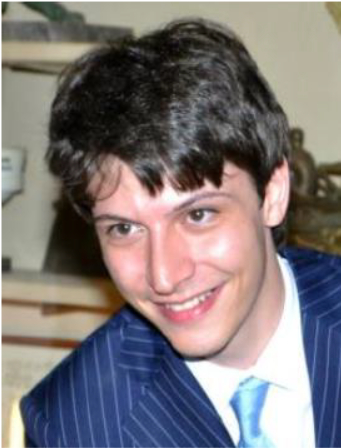


CMOS technology has reached, or is reaching, its climax and it’s time to enhance the knowledge of new technologies and elements that are able to be exploited in the next generation of computing devices. In 1971, at the University of Berkley, Professor Leon O. Chua developed the analytical model for a new class of electronic elements called memristors. These elements are two-port non-linear resistors whose dynamics can be formally described through flux-charge models instead of the canonic voltage-current curves. Memristors gained the interest of the scientific community after the first industrial prototype was built at the HP labs by Dr. Stanley Williams in 2008. From then on, the study of memristors, or to better say the search for elements with memristive behavior, became more and more prominent thanks to their properties. Parallel to the study of the devices, scientists from all over the world became more and more interested in their possible applications. Due to their particular dynamics and their capability to change their electrical resistance, memristors are seen as the more probable mean to simulate biological neural synapses. As a matter of fact memristors are usually implemented, in theory and practically, in more complex systems such as cellular neural networks, cellular automata and perceptrons, which are all systems that exploit biologically inspired algorithms for machine learning and big data classification. In conclusion a deep understanding of the physics of these elements is required for building complex systems based on memristors in order to step forward in the develop of such devices.



CMOS technology has reached, or is reaching, its climax and it’s time to enhance the knowledge of new technologies and elements that are able to be exploited in the next generation of computing devices. In 1971, at the University of Berkley, Professor Leon O. Chua developed the analytical model for a new class of electronic elements called memristors. These elements are two-port non-linear resistors whose dynamics can be formally described through flux-charge models instead of the canonic voltage-current curves. Memristors gained the interest of the scientific community after the first industrial prototype was built at the HP labs by Dr. Stanley Williams in 2008. From then on, the study of memristors, or to better say the search for elements with memristive behavior, became more and more prominent thanks to their properties. Parallel to the study of the devices, scientists from all over the world became more and more interested in their possible applications. Due to their particular dynamics and their capability to change their electrical resistance, memristors are seen as the more probable mean to simulate biological neural synapses. As a matter of fact memristors are usually implemented, in theory and practically, in more complex systems such as cellular neural networks, cellular automata and perceptrons, which are all systems that exploit biologically inspired algorithms for machine learning and big data classification. In conclusion a deep understanding of the physics of these elements is required for building complex systems based on memristors in order to step forward in the develop of such devices.